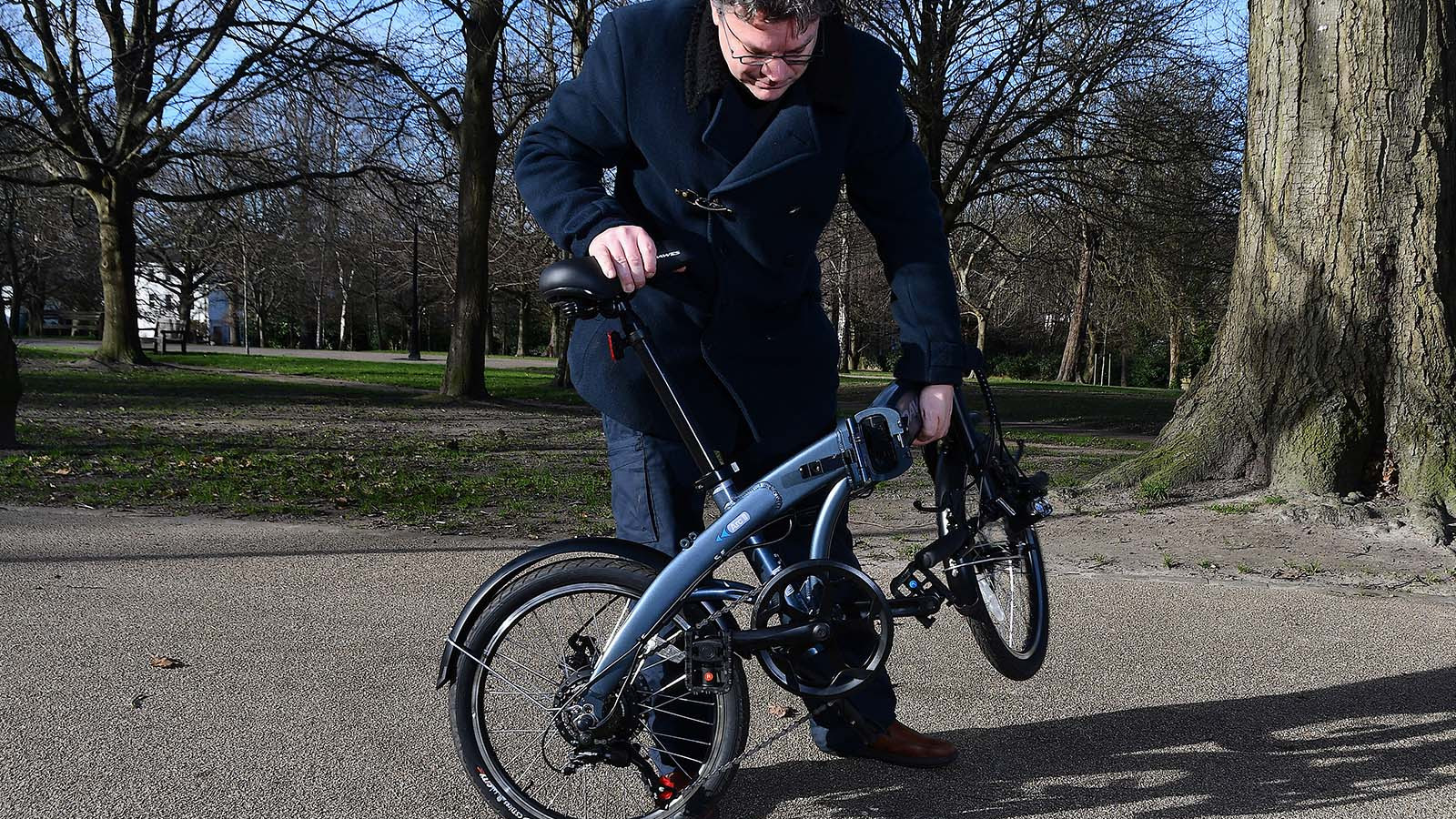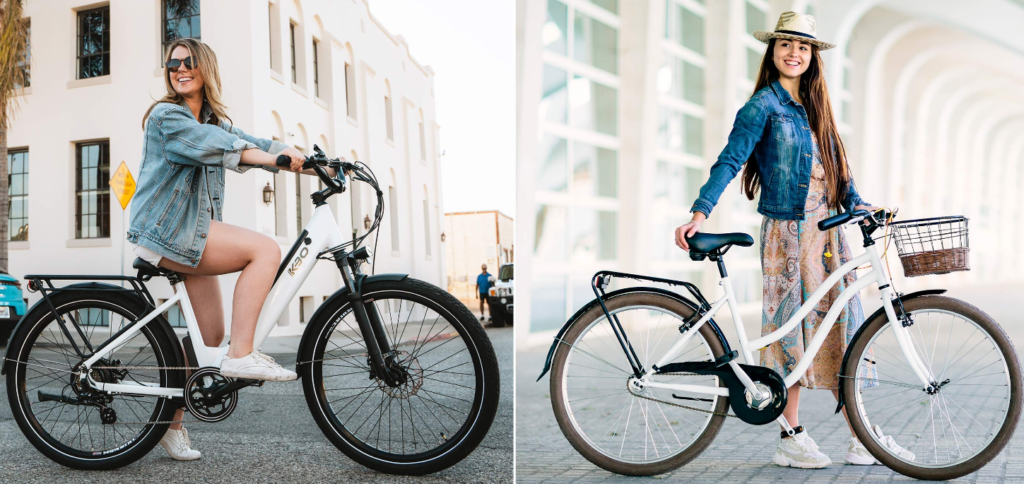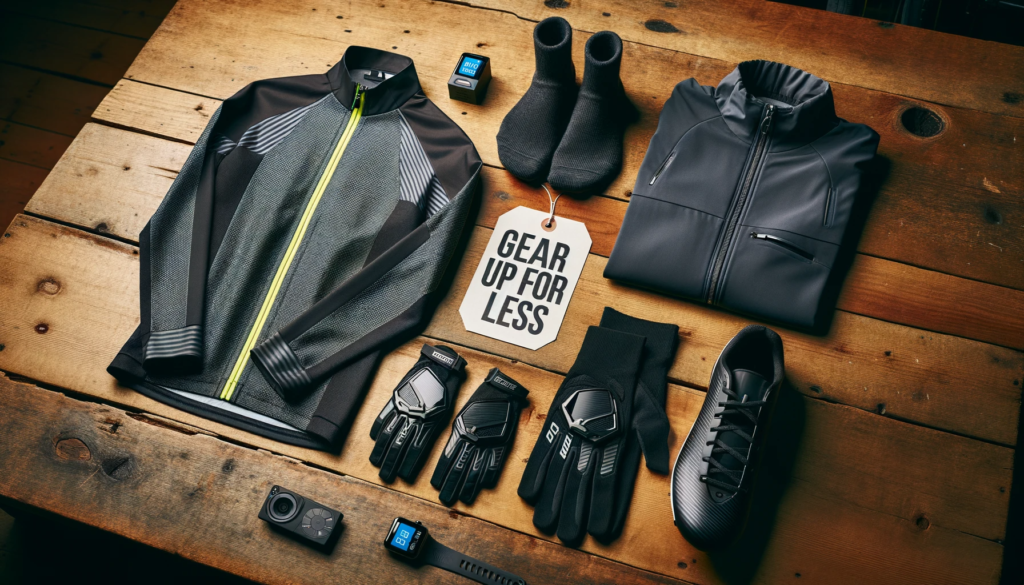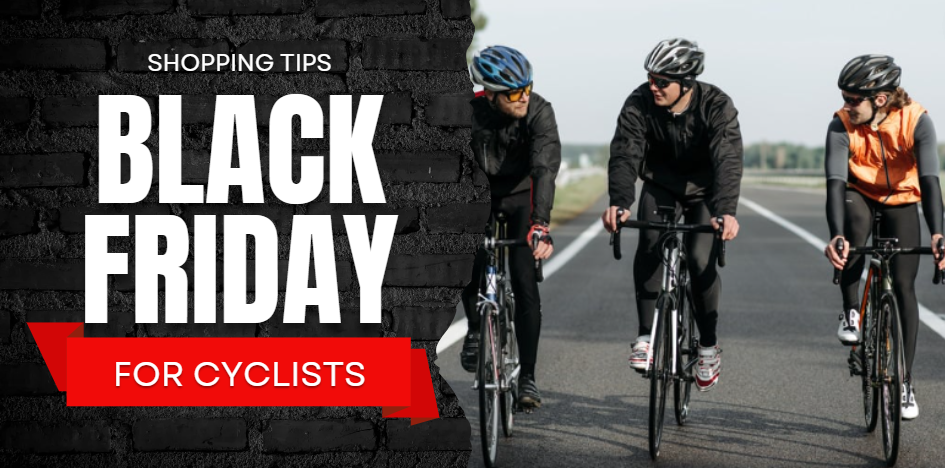When buying a folding electric bike, look for features like battery range, weight capacity, foldability, and build quality. Folding electric bikes are becoming increasingly popular as a convenient and eco-friendly transportation option.
But with so many options out there, how do you pick the right one? Don’t worry—I’ve got you covered. This guide breaks down everything, what to look for when buying a folding electric bike.
Let’s dive in and make sure you find the perfect ride.
1. Why Choose a Folding Electric Bike?
Folding electric bikes combine convenience with power. They’re great for people who want to zip around town without dealing with traffic or parking. Plus, they fold up for easy storage.
Whether you live in a tiny apartment or need a bike to take on public transport, these bikes are a practical choice. But not all folding e-bikes are created equal. Knowing what to look for ensures you get one that fits your lifestyle.
| Convenience | Portability | Storage space |
| Folding electric bikes provide ease of use for daily commuting. | They can be easily folded and carried onto public transportation. | These bikes can be conveniently stored in small living spaces. |
| Perfect for urban dwellers and those with limited storage space. | Great for users who need to combine cycling with other modes of transport. | Additional storage options can be found on some models. |
2. Key Features To Consider
When shopping for a folding e-bike, focus on the features that matter most. These include the motor, battery, frame, and brakes. Let’s break them down.
Motor Power and Type
The motor is the heart of an e-bike. It determines how fast and smooth your ride will be. Most folding e-bikes have motors between 250W and 750W. A 250W motor is fine for flat city streets.
If you face steep hills or carry heavy loads, go for a 500W or higher. Also, check where the motor is located. Hub motors (in the wheel) are common and reliable. Mid-drive motors (near the pedals) offer better balance but are pricier.
Battery Life and Range
The battery decides how far you can go. Most folding e-bikes offer a range of 20 to 50 miles per charge. Check the battery’s watt-hours (Wh)—higher numbers mean longer range.
A 400Wh battery is a good starting point for daily commutes. Also, look at charging time. Most batteries take 4 to 6 hours to fully charge. Removable batteries are a bonus—you can charge them indoors or swap them out.
Frame and Build Quality
A sturdy frame is crucial. Folding e-bikes often use aluminum or steel. Aluminum is lighter and rust-resistant, while steel is tougher but heavier.
Check the weight capacity too. Most support 220 to 300 pounds, including rider and cargo. Look for a solid hinge mechanism—it should feel secure and not wobble when folded or unfolded.
Brakes and Safety
Good brakes keep you safe. Disc brakes (mechanical or hydraulic) are best for e-bikes because they stop quickly, even in wet conditions. Hydraulic disc brakes are more responsive but cost more.
Avoid rim brakes—they’re less effective on heavier e-bikes. Also, check for built-in lights or reflectors for nighttime riding. Some bikes come with fenders or racks, which are handy for commuting.

Credit: www.moveelectric.com
3. Comfort and Ride Quality
A folding e-bike should feel good to ride. Comfort matters, especially for long trips. Here’s what to look for.
Seat and Handlebar Adjustability
Everyone’s body is different. Adjustable seats and handlebars let you find the perfect riding position. Look for a bike with a quick-release seat post so you can tweak the height easily. Handlebars should adjust for height and angle too. This ensures you’re not hunched over or straining your back.
Suspension and Tires
Suspension smooths out bumpy rides. Some folding e-bikes have front suspension forks or seat post suspension. These are great for rough roads but add weight. If you ride on smooth pavement, you may not need suspension. Tires also affect comfort. Fat tires (2.5 inches or wider) absorb shocks better than thin ones. Check for puncture-resistant tires to avoid flats.
Gearing System
Gears make pedaling easier or harder depending on the terrain. Many folding e-bikes have 5 to 7 gears, which is enough for most city rides. Single-speed bikes are simpler and lighter but struggle on hills. If you live in a hilly area, opt for multiple gears.
4. Portability and Ease of Use
The whole point of a folding e-bike is convenience. Make sure it’s easy to carry and store.
Folding Mechanism
Test the folding process before buying. It should be smooth and intuitive. Some bikes fold in half, while others have multiple hinges for a smaller size. Look for a locking mechanism to keep the bike secure when folded. Magnets or latches are common and work well.
Weight and Carrying
Lighter bikes are easier to carry. Aim for 35 to 45 pounds if you’ll lug it up stairs or onto buses. Some bikes have a handle or strap for carrying. Wheels on the folded frame are a nice touch—they let you roll the bike like luggage.
5. Price and Value
Folding e-bikes range from $500 to $3,000. Your budget will shape your options, but don’t skimp on quality.
Budget-Friendly Options
Entry-level bikes ($500–$1,000) are great for casual riders. They often have smaller batteries and basic components. These work fine for short commutes or flat terrain. Brands like Ancheer or Swagtron offer affordable models with decent quality.
Mid-Range and Premium Models
Mid-range bikes ($1,000–$2,000) balance quality and price. You’ll get better motors, longer battery life, and stronger frames. Premium bikes ($2,000+) offer top-tier features like hydraulic brakes or carbon frames. Brands like Rad Power Bikes or Tern are known for reliable mid-to-high-end models.
Warranty and Support
A good warranty gives peace of mind. Look for at least a 1-year warranty on the frame and motor. Batteries often have shorter warranties (6–12 months). Check if the brand has local service centers or good customer support. Reading reviews can help you gauge reliability.
6. Brand Reputation
Checking the brand reputation of a folding electric bike isn’t absolutely necessary, but it’s highly recommended. A reputable brand often means better quality, reliability, and customer support, which can save you headaches down the road.
Here’s why it matters and how to approach it, keeping things simple and conversational.
- Quality Assurance: Well-known brands usually have a track record of producing durable bikes. They’ve been tested by other riders, so you’re less likely to get a lemon. Lesser-known brands might cut corners to offer lower prices, leading to issues like weak frames or faulty motors.
- Customer Support: If something goes wrong—like a battery issue or a broken part—a reputable brand is more likely to have responsive support. They might offer warranties, replacement parts, or local service centers. Obscure brands can leave you stranded, with no way to get repairs.
- Resale Value: If you decide to sell your bike later, a recognized brand holds its value better. Buyers trust names they know, so you’re more likely to get a decent price.
- Community Feedback: Established brands have more reviews and user experiences online. You can find real-world insights on forums, YouTube, or review sites to confirm if the bike lives up to its promises. New or unknown brands often lack this feedback, making it a gamble.
7. Additional Features to Look For
Some extras can make your e-bike more practical or fun. Here are a few to consider.
Display and Controls
A clear display shows speed, battery level, and assist mode. LCD screens are common and easy to read. Some bikes have Bluetooth apps for tracking rides or adjusting settings. Make sure the controls are simple to use while riding.
Accessories
Fenders keep you dry in the rain. Racks or baskets are great for carrying bags or groceries. Some bikes include these, or you can add them later. A kickstand is a small but useful feature for parking.
Smart Features
Some e-bikes come with GPS tracking or anti-theft alarms. These are nice but not essential. If you park in public, a good lock is more practical than fancy tech.
8. Testing and Research
Before you buy, do your homework. A little research goes a long way.
Try Before You Buy
If possible, test-ride the bike. Many bike shops or brands offer demos. Check how it feels to ride, fold, and carry. Make sure it suits your height and riding style. Most folding e-bikes fit riders 5’0” to 6’2”, but double-check the specs.
Read Reviews and Compare
Look at user reviews on sites like Amazon or specialized bike forums. Watch YouTube reviews for real-world tests. Compare at least three models to find the best fit for your needs and budget.
9. Maintenance and Longevity
E-bikes need some care to stay in top shape. Here’s what to know.
Regular Maintenance
Check tire pressure and brakes regularly. Clean the chain and lubricate it every few months. Batteries last longer if you store them at room temperature and avoid full discharges. Most maintenance is simple and can be done at home with basic tools.
Durability
A well-made e-bike should last 5–10 years with proper care. Check the frame and components for quality. Cheap bikes may save money upfront but can cost more in repairs.
Frequently Asked Questions
What To Look For When Buying An Electric Folding Bike?
Consider battery range, motor power, foldability, weight capacity, and build quality when purchasing an electric folding bike.
How Do I Choose A Good Folding Bike?
To choose a good folding bike, consider the bike’s weight, folding mechanism, wheel size, frame material, and overall comfort. Look for a lightweight bike with an easy-to-use folding system, suitable wheel size, sturdy frame, and comfortable ride. Test ride different models to find the best fit for your needs.
What Is The Disadvantage Of Folding Ebike?
Disadvantages of folding eBikes include reduced stability, limited battery capacity, and sometimes less comfortable riding experience.
What Should You Look For When Buying An Ebike?
When buying an ebike, consider the following: battery capacity, motor power, range, frame material, and overall weight. Ensure it suits your desired usage, budget, and has reputable customer reviews.
Wrapping It Up
Buying a folding electric bike is exciting. It’s a step toward easier, greener commuting. Focus on the motor, battery, and build quality.
Make sure it’s comfortable and easy to carry. Set a budget but prioritize reliability. Test-ride if you can, and read reviews to avoid surprises.
With the right bike, you’ll be zipping around town in no time.




